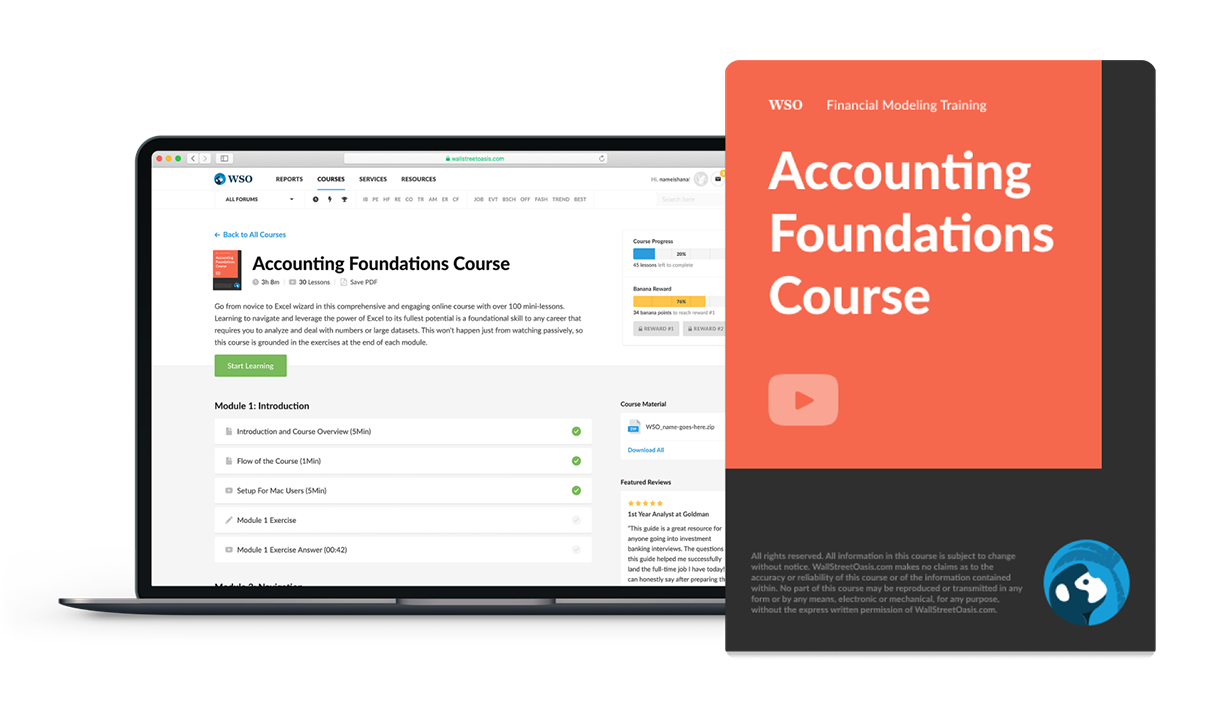After-Tax Income
After-tax income, also known as income after taxes, is the sum of money a person or enterprise has left over after tax deductions.
What is After-Tax Income?
After-tax income, also known as income after taxes, is the sum of money a person or enterprise has left over after tax deductions. It represents your actual earnings, which you may use for savings, investments, and day-to-day spending.
A key financial aspect that affects each individual and organization is after-tax income. It describes the leftover earnings when federal and state taxes, including withholding taxes, are subtracted from the gross earnings.
Understanding after-tax income is essential for creating a realistic financial plan. It not only shapes the available budget for daily expenses but also influences long-term financial goals, including homeownership, retirement planning, and wealth accumulation.
The significance of after-tax profits lies in their impact on financial choices. The crucial considerations are how these profits are determined for individuals and businesses and the methods to maximize disposable income.
Recognizing the after-tax income helps make financial decisions, enabling individuals and organizations to navigate their financial goals with clarity and purpose.
It helps with effective financial planning, ensuring that resources are allocated wisely and that long-term financial objectives are pursued with informed decision-making.
Key Takeaways
- After-tax or disposable income is the net amount left over once all taxes are deducted from gross income or revenue.
- After-tax income is also known as disposable income for a person or net revenue for a business, which is the final take-home amount once taxes are deducted.
- Contributing to a 401(k) or an IRA is an effective strategy to increase after-tax income, which can be used for savings, investing, or as disposable income.
Calculating After-Tax Income
Consider Sarah, a 30-year-old professional working as a manager. Her gross income is $60,000 annually, including a base salary and bonuses. Sarah wants to understand her after-tax income to make financial decisions and plan for a car she wishes to purchase.
Gross Income = $60,000
Federal Income Tax = 22% x $60,000 = $13,200
State Income Tax: 5% x $60,000 = $3,000
Social Security Tax: 6.2% x $60,000 = $3,720
Medicare Tax: 1.45% x $60,000 = $870
Deductions: $13,200 + $3,000 + $3,720 + $870 = $20,790
After-Tax Income = Gross Income - Total Deductions
After-Tax Income = $60,000 - $20,790
= $39,210 per year
Sarah's after-tax income for the year is $39,210. After accounting for all tax deductions, this is the amount of money she will have available for savings, investments, and everyday expenses.
Example
Let's explore another example below.
Keeping the same gross income and deductions as above, Sarah takes aggressive measures to increase her income after taxes. She chooses to contribute to her company's 401(k) retirement plan.
Sarah decided to donate the whole $19,500, which is the 401(k) plan's maximum annual contribution cap.
New Taxable Income = Gross Income - 401(k) Contribution
New Taxable Income = $60,000 - $19,500 = $40,500
Federal Income Tax: 22% of $40,500 = $8,910
State Income Tax: 5% x $40,500 = $2,025
Social Security Tax and Medicare Tax remain the same.
Total Deductions:
$8,910 + $2,025 + $3,720 + $870 = $15,525
Revised After-Tax Income = Gross Income - Total Deductions
Revised After-Tax Income = $60,000 - $15,525
= $44,475 per year
Here, Sarah’s proactive 401(k) contribution increases her after-tax income to $44,475, indicating the impact of strategic financial planning.
The Importance of After-Tax Income
Making wise financial decisions requires knowing your after-tax income. It supports sensible budgeting, retirement planning, and debt management. Knowing your available cash allows you to set priorities for your finances and make sensible financial decisions.
Personal financial planning heavily relies on after-tax income. It empowers individuals to effectively assess their financial situation and make well-informed choices about how much money they should spend, save, and invest.
People can effectively prepare for future spending and financial objectives by understanding how taxes affect their income.
There are steps involved in determining an individual's after-tax income.
- Determine gross income such as wages, salaries, bonuses, and other income.
- Identify deductions, including federal income tax, state tax, social security tax, and other withholdings.
- After deducting the taxes from the gross income, the after-tax income is left over.
Consider using internet tax calculators or consulting a licensed tax professional to determine after-tax income accurately.
Note
Relevant sources to calculate income tax are available here.
Increasing your after-tax income through retirement contributions is one practical strategy. Your taxable income can be decreased by making contributions to:
- Retirement plans like 401(k)s
- Individual Retirement plans (IRAs)
These accounts will increase your after-tax income. These donations not only safeguard your financial future, but they may also provide tax benefits.
Planning for retirement is essential for maintaining financial stability in one's post-employment years. By utilizing tax-advantaged retirement plans, people can lower their tax liability and devote more money to creating a substantial retirement nest egg.
Income for Businesses After Tax
Similar steps are taken when calculating after-tax income for enterprises. Establish the overall revenue the company generated to start.
- Total Revenue
- Subtract all business costs (operating expenses & personnel salaries)
- Subtract applicable taxes
- Pre-tax income is the remaining balance
After-tax profits are a crucial indicator of a company's profitability and economic health. This financial metric empowers businesses to make informed decisions about expenses, investments, and growth plans.
You may also make more informed investment choices if you are aware of your after-tax earnings.
Concentrate on tax-efficient investment alternatives to reduce tax liabilities while optimizing after-tax income. Think about making investments in diversified portfolios and tax-advantaged money owed that support your economic targets.
Growing wealth and reaching financial goals require efficiency. Individuals can optimize their investment decisions and lower their tax obligations by using after-tax profits.
Effectively Managing After-Tax Income
Managing after-tax income effectively requires financial planning and budgeting. Below are some strategies that can be explored.
- Make a thorough budget that details your income, spending, and savings objectives. Set aside money for savings and investments while giving priority to necessities.
- Maximizing Deductions Strategic tax-making plans are the key to maximizing after-tax income.
- Exploring and leveraging available deductions, including those related to homeownership, schooling, and retirement contributions, can drastically reduce taxable profits.
- Strategic investment decisions play an essential role in optimizing after-tax earnings.
- Exploring tax-green investment vehicles, statistics capital profits implications, and strategically coping with portfolios contribute to superior after-tax returns.
To keep on course, check your financial plan frequently and make necessary adjustments. Dive into tax-efficient investment strategies on Forbes.
Maintaining financial stability and accomplishing long-term financial goals need effective financial management. Many courses are available on platforms like Wall Street Oasis to help you increase your knowledge and sharpen your money management abilities.
Lifelong learning is essential to stay educated about the constantly changing financial landscape. People with access to top-tier education from prestigious colleges are better prepared to make wise financial decisions since they have the needed knowledge and skills.
Conclusion
After-tax earnings provide a crucial metric to guide investors through the complexities of personal finance. One can enhance their financial decision-making with knowledge about deductions, tax planning strategies, and funding issues.
This understanding allows informed choices, laying the foundation for a stable and positive financial future. Acknowledging the complexities and leveraging the insights offered by after-tax earnings, one can strategically navigate the intricacies of their economic landscape.
This approach allows financial decision-making into a deliberate and well-informed process, fostering resilience and contributing to a path of sustained financial well-being.
In essence, after-tax earnings become not just a metric but a key ally in building a robust and prosperous financial journey, offering clarity and direction amidst the complexities of personal finance.
The recognition of after-tax earnings as a guiding force allows individuals to navigate their financial endeavors with confidence, ultimately shaping a future characterized by financial stability and well-informed decision-making.
By making informed choices and understanding the nuances of after-tax earnings, you can contribute to a financially stable and positive future.

Everything You Need To Build Your Accounting Skills
To Help You Thrive in the Most Flexible Job in the World.



or Want to Sign up with your social account?